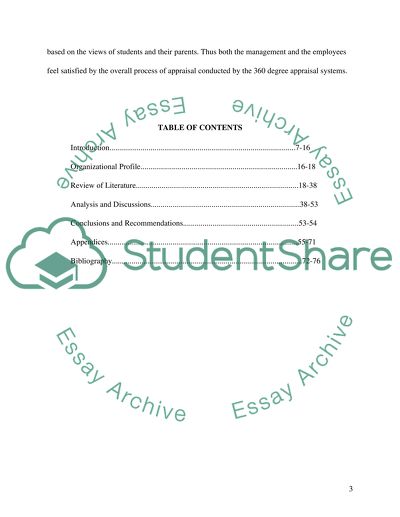Cite this document
(“A Case Study Analysis, Focusing Upon 360 Degree Performance Appraisal Essay”, n.d.)
Retrieved from https://studentshare.org/family-consumer-science/1408690-a-case-study-analysis-focusing-upon
Retrieved from https://studentshare.org/family-consumer-science/1408690-a-case-study-analysis-focusing-upon
(A Case Study Analysis, Focusing Upon 360 Degree Performance Appraisal Essay)
https://studentshare.org/family-consumer-science/1408690-a-case-study-analysis-focusing-upon.
https://studentshare.org/family-consumer-science/1408690-a-case-study-analysis-focusing-upon.
“A Case Study Analysis, Focusing Upon 360 Degree Performance Appraisal Essay”, n.d. https://studentshare.org/family-consumer-science/1408690-a-case-study-analysis-focusing-upon.


